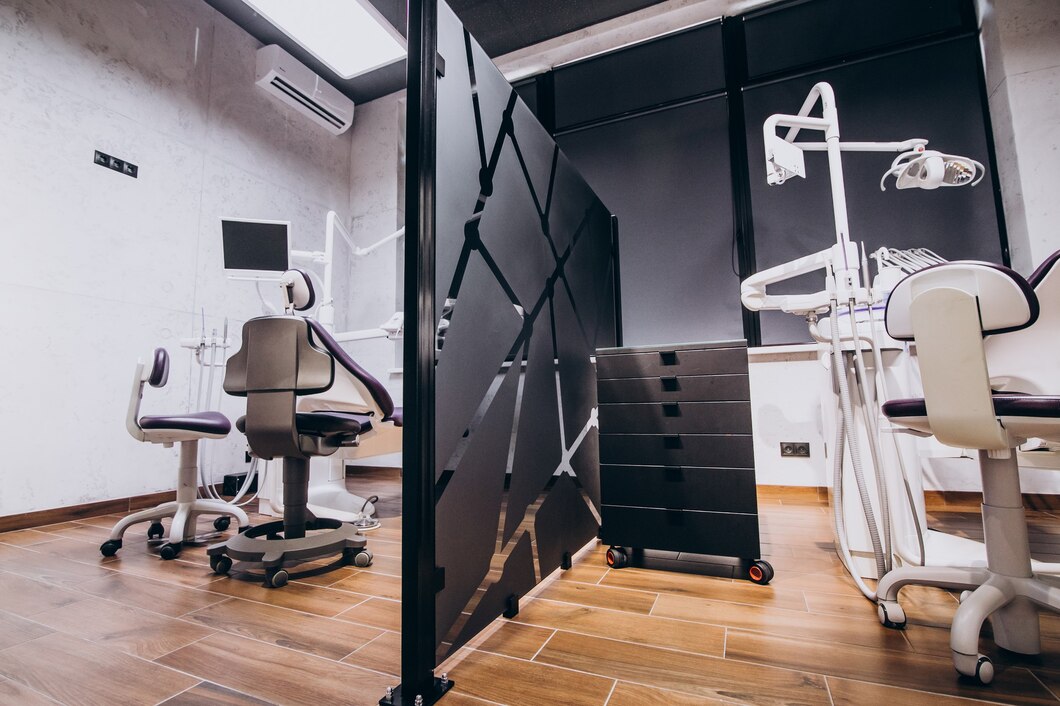

· By Trevor Horne
Saddle Stool Types for Medical Professionals
Choosing the right seating arrangement in a medical setting isn’t just about comfort; it’s a critical factor that influences daily productivity and long-term health. As we explore various saddle stool options, it's important to recognize that these stools are more than just a seat; they’re a tool tailored to enhance work performance and health simultaneously. The unique design of saddle stools specifically addresses the challenges faced by medical professionals, including dentists, surgeons, and veterinarians, who spend extensive periods in a seated position.
Saddle stools are ergonomically designed to promote better posture, reduce the strain on the back, and increase mobility, which is essential in dynamic and demanding medical environments. With various models available, each type of saddle stool brings its own set of features to the table – from adjustable heights and tilts to different materials and durability options. Understanding these variations can help you choose the stool that best fits the specific needs of your practice, ensuring that every day is productive, comfortable, and healthy.
Our discussion will guide you through the critical aspects of saddle stools, focusing on their designs, key features, durability, and materials, followed by practical tips on integrating them into your daily routines. Stick with us as we delve into these insights to elevate your practice's operational standards and personal well-being.
Overview of Saddle Stool Designs Suitable for Medical Settings
When selecting the ideal saddle stool for a medical setting, it's crucial to consider the unique demands and movements of healthcare professionals. Saddle stools, by design, encourage a more natural posture, promoting the spine's neutral position. This posture aligns and reduces stress on the back by encouraging a seated position that mimics standing. Such ergonomic benefits are paramount in environments where practitioners, like dentists and surgeons, are prone to long periods of sitting, which can contribute to chronic back pain without the correct support.
We offer a variety of saddle stool designs tailored to accommodate the diverse tasks within different medical environments. For example, stools with a tilting seat are ideal for dentists, as they allow for optimal reach and flexibility during procedures. Meanwhile, models with a backrest are favorable in settings where procedures are lengthy, providing additional support and comfort. Adjustable height features are also crucial, as they ensure the stool can be customized to various workstation heights and user preferences.
Features That Differentiate Various Saddle Stool Models
As we dive deeper into the different saddle stool models available, it becomes apparent that certain features set them apart, making them more suited for some medical professionals over others. The key to selecting the right stool is understanding which features align best with your daily tasks and work environment. Here are some standout features to consider:
- Adjustability: The ability to adjust the height and tilt of the saddle stool is crucial. This adaptability ensures that the stool can meet the specific ergonomic needs of different users, promoting proper posture and reducing fatigue.
- Mobility: Many saddle stools come equipped with smooth-rolling casters suitable for quick and easy movement around the room. Lockable features on these casters add stability during procedures.
- Ease of Cleaning: In any medical setting, hygiene is paramount. Saddle stools designed with non-porous materials can be easily wiped down and disinfected, a necessity between patient visits.
- Weight Capacity: It's important to consider the weight capacity of the stool to ensure durability and safety for all users.
Each of these features contributes to a more functional and comfortable working environment, which is why understanding them is essential when making a choice. Selecting the right model with the suitable features can significantly impact effectiveness and comfort during long hours of medical procedures.
Evaluating the Durability and Material Choices of Saddle Stools
Durability is a crucial consideration when selecting saddle stools for medical practices. The daily rigors of dental, veterinary, or surgical environments demand equipment that can withstand significant wear while maintaining high standards of hygiene. The materials used in crafting our saddle stools are selected based not only on their strength and longevity but also on their ease of maintenance and ability to prevent the buildup of pathogens.
Stools with highly durable framed constructions, such as those made from stainless steel, are resistant to frequent use and heavy load. Additionally, seat materials like polyurethane offer supreme comfort while being waterproof, an essential feature for infection control and quick, effective cleaning. When choosing a saddle stool, check that the materials are not only tough but also light enough to facilitate easy movement within the workspace.
Adaptation Tips: Incorporating Saddle Stools into Daily Medical Practices
Introducing new equipment into a medical setting can sometimes be challenging. However, with the right strategies, the transition to using saddle stools can be smooth and immensely beneficial. Start by training the staff on the advantages and proper use of the saddle stools. Understanding how to adjust the stool to fit various body types and work situations can dramatically enhance comfort and efficiency.
Consider a trial period where different models are used in various departments. This approach allows us to gather feedback on functionality and comfort, ensuring that the final choice is well-informed. Additionally, it's beneficial to phase out old seating gradually, allowing time for staff to adapt physically and mentally to the new stools, minimizing resistance and discomfort.
Conclusion
Incorporating saddle stools into medical environments like dental clinics, veterinary offices, and surgical centres is more than just an upgrade in equipment—it’s an investment in the health and productivity of the practice. The ergonomic design, combined with durable materials and suitable features, ensures that medical professionals can perform their tasks with greater precision and less fatigue.
We understand the specific needs of various medical practices and are committed to providing high-quality, ergonomically designed saddle stools that meet these requirements. Explore our comprehensive range of saddle stools and discover how they can enhance your practice's efficiency and comfort. Contact ProNorth Medical today!
